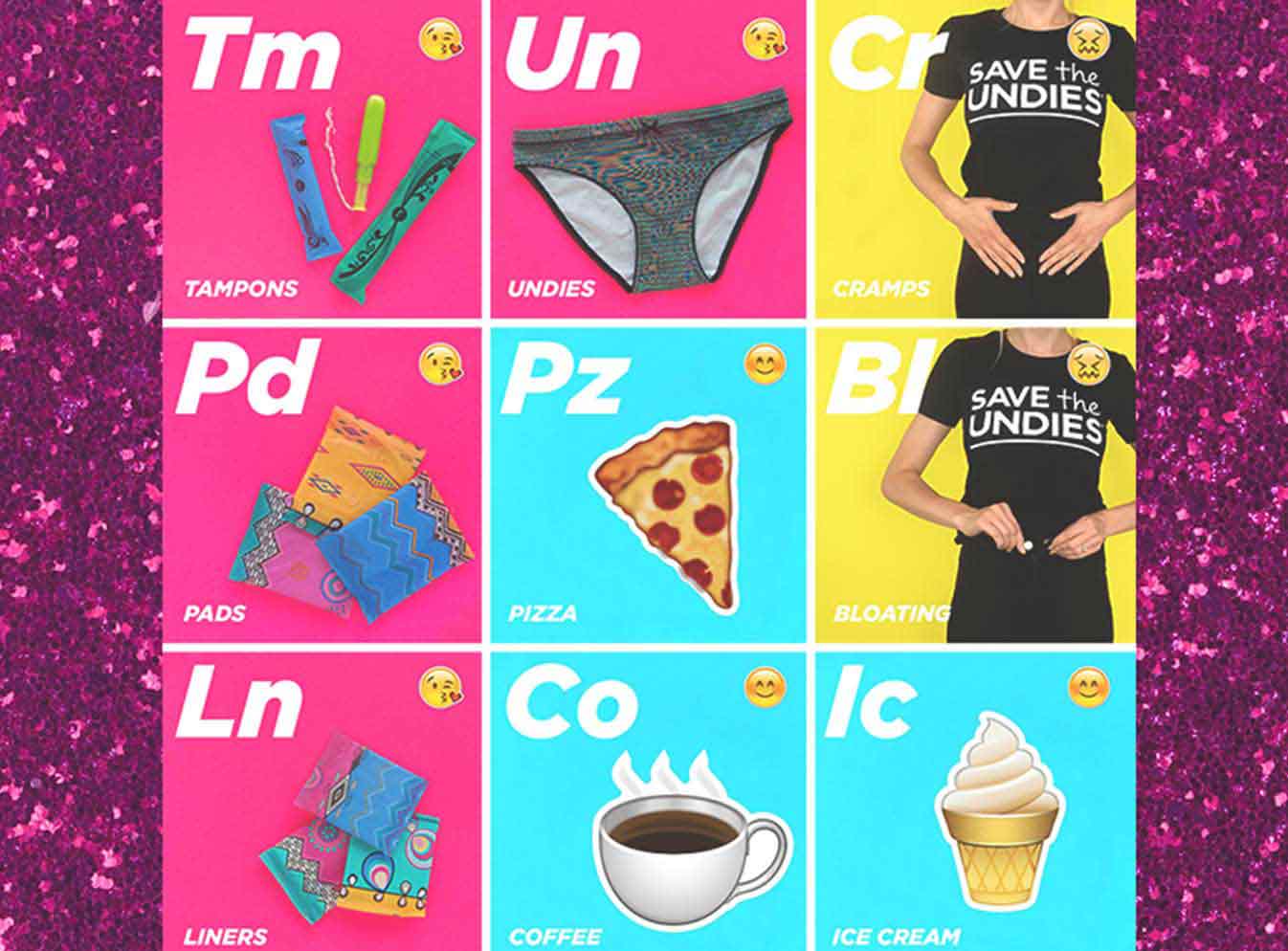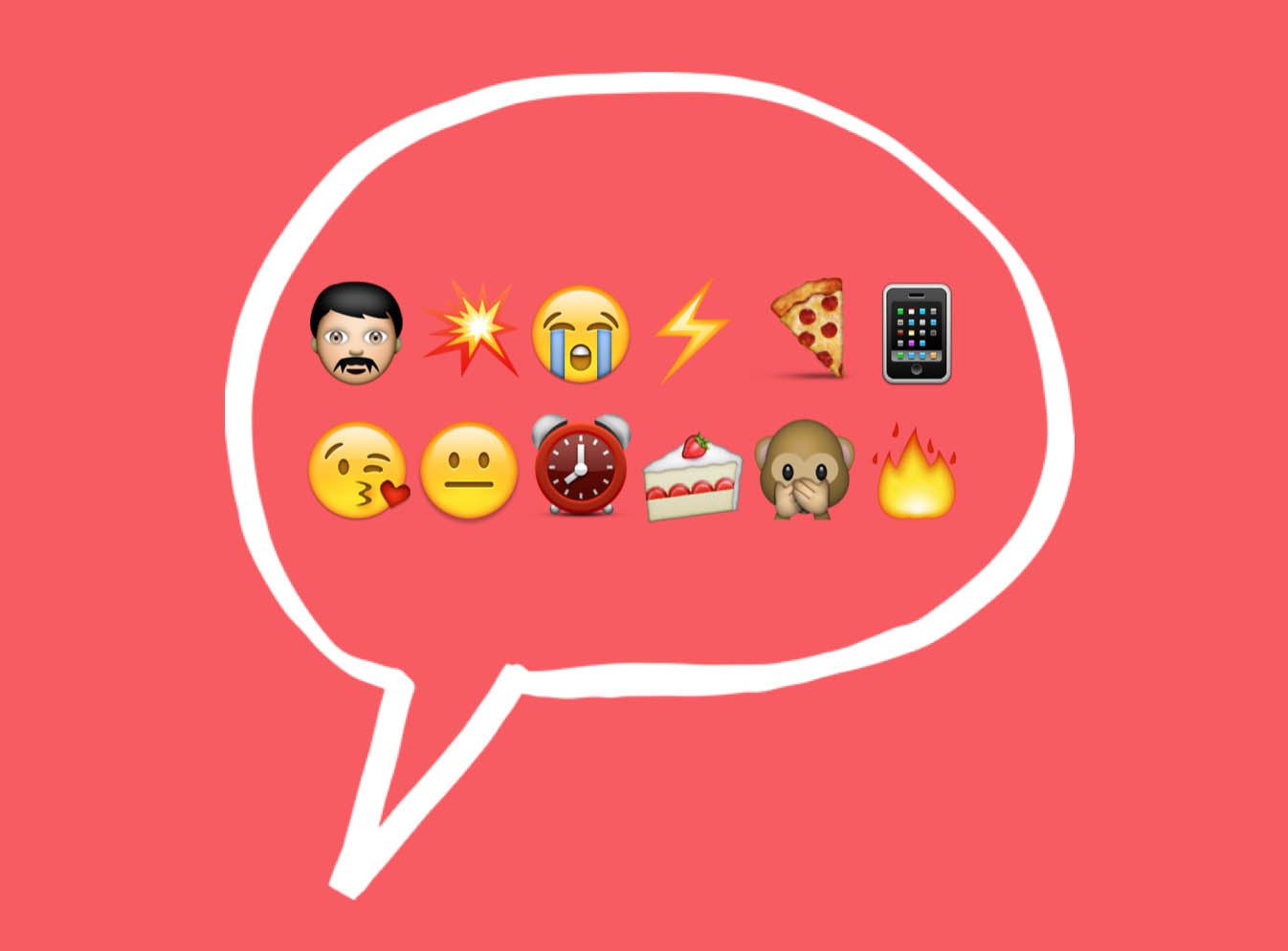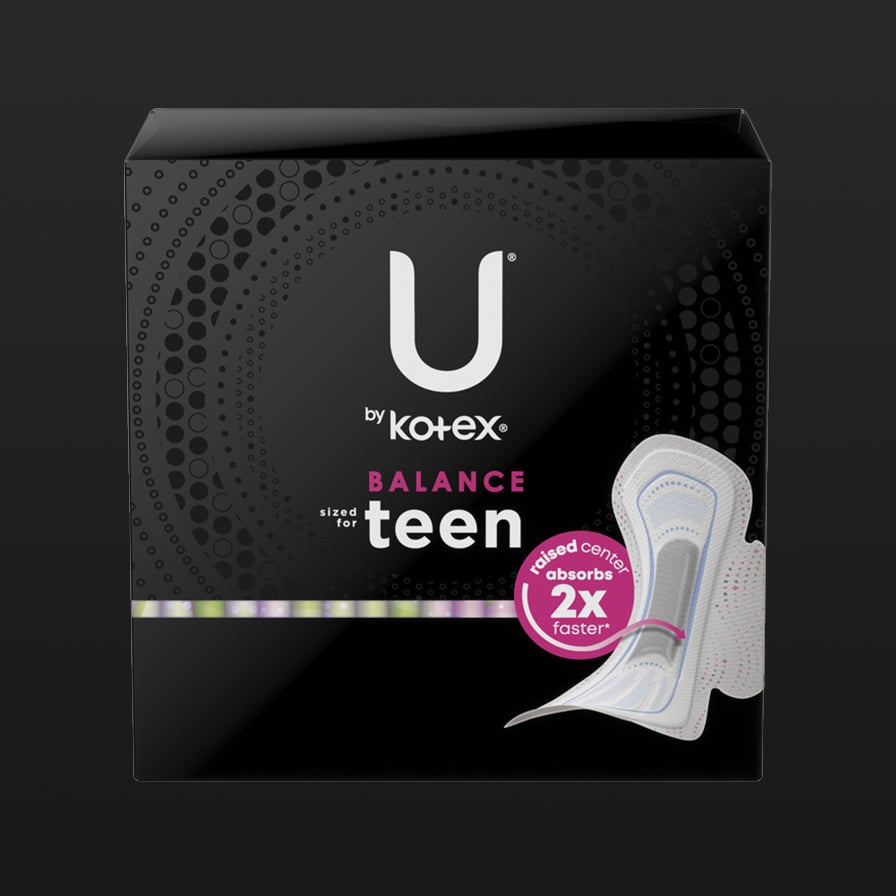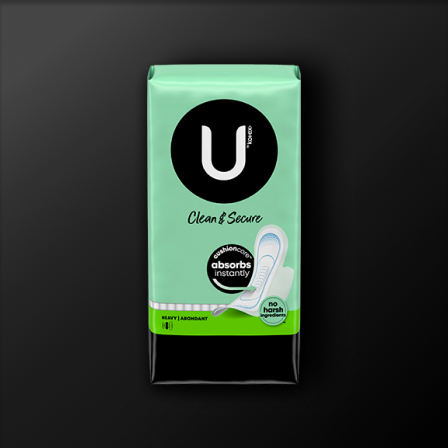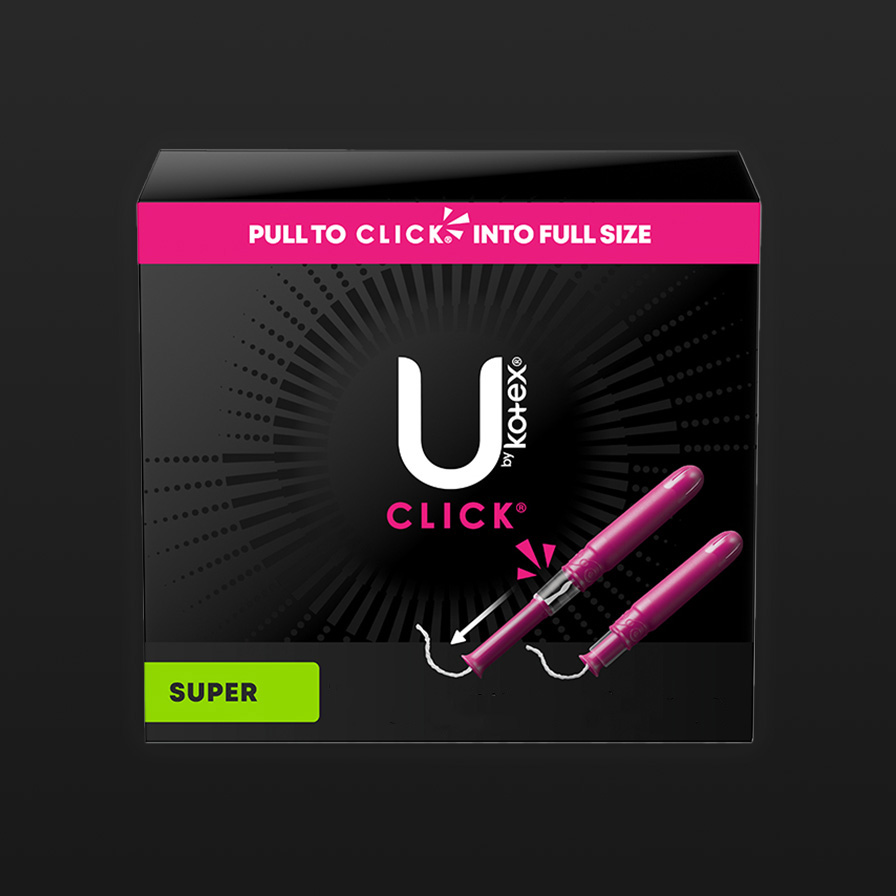The Amazing Science Behind Periods
The Amazing Science Behind Periods
Get to know your amazing body and the science behind how periods work.
Your period (or "menstruation") is the monthly shedding of blood and tissue from your uterus through the opening of your vagina. Menstruation is an important part of the reproductive process and is a signal that you're maturing and that you're healthy.
A Quick Anatomy Lesson
To understand your period, it's a good idea to get to know the parts of the female reproductive system. Here's what you look like on the inside:

- ovaries (OH-vuhr-ees) - two reproductive glands that produce hormones and eggs
- fallopian (fuh-LOH-pee-uhn) tubes - two tubes through which the egg travels from the ovary to the uterus
- uterus (YOOT-er-uhs) - muscular organ in the body where a fertilized egg develops
- endometrium (en-doh-MEET-ree-um) - the lining of the uterus that is shed every month
- cervix (SER-viks) - the lower part of the uterus
- vagina (vuh-JY-nuh) - the canal that leads from the cervix to the outside of the body and through which menstrual fluid passes; when a baby is born, it also passes through the vagina
And here's what's going on the outside:
- vulva (VUHL-vuh) - name of the whole pubic area, containing your external genitalia (outer genitals)
- pubic bone - a roundish bone at the top of the genital area
- mons - the fatty tissue that covers the pubic bone
- labia majora (LAY-bee-uh mah-JOHR-uh) - soft flaps of skin just below the mons; protection for the vagina
- labia minora (LAY-bee-uh muh-NOR-uh) - softer lips found inside the outer lips
- urethra (yoo-REE-thruh) - small opening found around the middle of the vulva; tube through which urine passes through the body
- vaginal (VA-jih-nuhl) opening - the pathway in and out of your reproductive system; larger opening below the urethra
- hymen (HI-muhn) - a thin membrane that may partially cover the vaginal opening
- clitoris (CLIT-or-is) - an organ of female sexual responsiveness, filled with nerve endings
The Menstrual Cycle
When you hit puberty, your hormones are sending all kinds of signals to areas inside your body to start growing and maturing. Estrogen and progesterone are the major hormones controlling your reproductive system and your menstrual cycle. Your cycle is made up of three distinct phases: menstruation, the follicular phase and the luteal phase.
Follicular Phase
Just before your first period, these hormones will signal your ovaries to get ready to release an egg. At the same time, the lining of your uterus (endometrium) will start to thicken.
Luteal or Premenstrual Phase
After the ovary releases the egg, it travels down the fallopian tube to the uterus. The time it takes for your body to do this can vary from woman to woman, and this is why some women have longer cycles than others.
This is the time when many women experience PMS (or Premenstrual Syndrome). You might feel bloated or achy, with sore breasts and cramps in your pelvis or back from PMS. You might also have less energy or experience headaches, diarrhea or constipation, nausea, dizziness or fainting.
The transition between the follicular and the luteal phase is called ovulation, when a woman is at her most fertile. If the egg is fertilized (by sperm), then attaches to the lining of the uterus, pregnancy begins.
Menstrual Period
If the egg is not fertilized or doesn't implant, the lining of the uterus starts to break down, causing bleeding. This is the beginning of your "period" and Day 1 of your cycle. Bleeding may last anywhere from 4-7 days, with the most blood loss occurring in the first 3 days.
The entire cycle repeats every 28 days or so, but it's different for everyone. It's common for young women to have irregular cycles for the first couple of years after they get their period. As you get older, your period should become more regular. Keeping track of when your period stops and starts will help you better understand your cycle.
Now that you know a little bit more about your amazing body, you can impress your biology teacher - and your girlfriends - with your new vocabulary.
